The Dark Side of TikTok: Why Tiktok is Bad For Your Brain
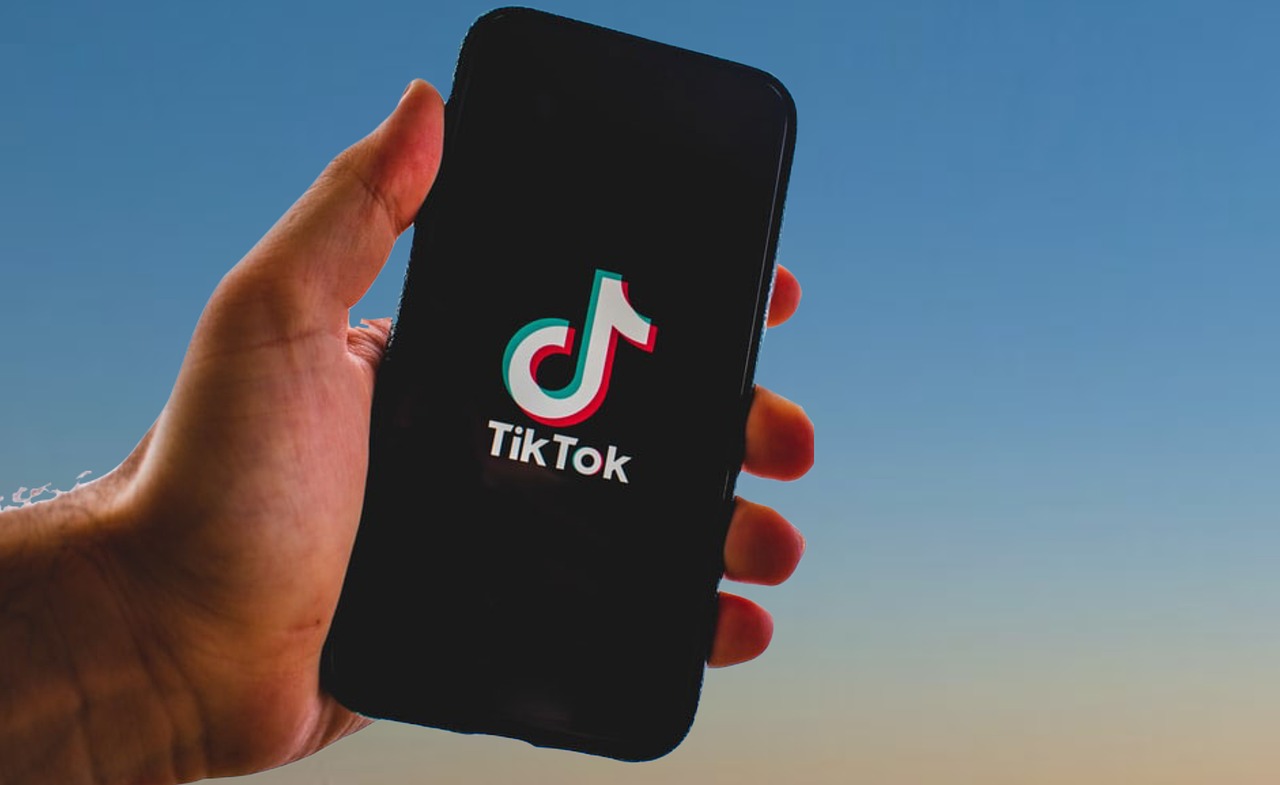
TikTok has seen a meteoric rise in popularity, becoming an inherent part of today's digital culture and grabbing the spotlight of notoriety along the way. This application, designed around a continuous feed of brief, engaging videos, has introduced a new way of content creation and consumption. In this labyrinth of entertainment, influencers who build a strong follower base wield significant power in driving trends. However, the underbelly of this platform lays bare concerning realities that shed light on why TikTok is potentially bad for your brain. The pernicious cycle of instant gratification, paired with an ever-potent thirst for novelty, works to exploit our brain's reward system. This exposure to continuous, engineered stimuli can potentially lead to addictive behaviors, influence perception of reality, and may even rewire our brains, fostering a diminished attention span. Join us as we deep dive into the darker shades of TikTok and its impact.
The Mechanics of TikTok: An Overview
TikTok operates through an advanced algorithm, providing an almost endlessly scrolling feed, and allows seemingly effortless content creation. Its functioning is comparatively simple - the more you interact with specific types of content, the more similar content the platform pushes to you. This hyper-specific content serving contributes to users spending more time on the app, being served media curated to their preferences. However, along with a technologically advanced algorithm, TikTok also relies on its power users or influencers. These influencers, with their massive follower bases, significantly shape and drive the trends on TikTok. As they put out content, their followers mirror it, creating viral trends.
There's serious potential power in amassing a large following on TikTok, but the flip side is the intensifying of trend cycles. As influencers push a trend, it's quickly taken up by others in a bid to gain visibility, likes, and more followers themselves. In turn, a singular 'trend' can rapidly become the norm within the app. This cyclical influence pattern can be seen regularly on TikTok - whether it's a dance, a phrase, or a particular style of video, influencers heavily steer the content users consume. Thus, part of TikTok's power lies in its easy content creation and the sway held by influencers, both of which contribute to making the platform an addictive, endlessly engaging experience.
Why TikTok is Addictive: The Science

TikTok's success can be attributed to the way it manipulates the brain's reward mechanisms. Users are rewarded with likes, comments, and shares, creating a thrilling cycle of expectation and gratification. The brain receives positive reinforcement in the form of social validation tying into the release of the "feel-good" neurotransmitter dopamine, making the entire experience immensely addictive.
The app’s endless stream of short videos offers instant gratification, as each flick of a finger yields a new video, and consequently, a potentially new surge of dopamine. Because these videos are so brief, viewers are constantly seeking more, making the viewing experience comparable to an insatiable curiosity.
The element of novelty plays a significant role in TikTok’s addictive nature as well. Fresh content is constantly pushed to users, meaning boredom rarely occurs. This novelty keeps users on the platform for extended periods as it continually piques their interest, making every video a potential discoverer of the next big trend or viral sensation.
The harmful mechanism is further fueled by the vicious circle of validation and dopamine release. Users are incentivised to create content that will garner likes and shares, which results in further dopamine release, reinforcing the addictive behavior. The desire for validation encourages repeated engagement with the app, encouraging a relentless cycle of content creation and consumption.
Lastly, TikTok thrives on social comparison. The desire to emulate the popularity of influential users can create a sense of inadequacy, driving users deeper into the cycle of addiction. The social comparison, intricately linked with the app's design, contributes significantly to its addictive potential, negatively impacting mental health in the long run.
The TikTok Influence: Attention Span Decrease
TikTok's prevalence of short-form content does not just satiate our desire for swift satisfaction, but it may produce long-lasting cognitive impacts as well. This fast-paced nature of content consumption could indeed be rewiring our brains for shortened attention spans. As Dr. Michael Merzenich, a neuroscientist at UCSF, explains, "Our brains adapt to the speed and nature of the stimuli they regularly receive, and as a result, regular exposure to rapid-fire content like that on TikTok could be manipulating our neural pathways towards quick, shallow processing, at the cost of deep, concentrated thought." This fact is sobering, especially when considering the platform's popularity among young, still-developing minds who are increasingly reliant on this form of entertainment.
Moreover, studies have shown correlations between heavy usage of such platforms and decreased attention spans. For instance, a study published in The Journal of Neural Plasticity indicates that excessive exposure to digital media, like TikTok, encourages a 'bouncing' cognitive style, where individuals jump from thought to thought much like they might swipe from video to video. Further, this cognitive style was found to be associated with poorer performance on cognitive tasks requiring sustained attention. This suggests that repeated exposure to the fleeting, 15-second world of TikTok might literally be shaping our minds to favor bite-sized pieces of information and quick fixes of entertainment, at the cost of our cognitive depth and flexibility.
Virtual Reality vs Real Reality: TikTok's Illusion
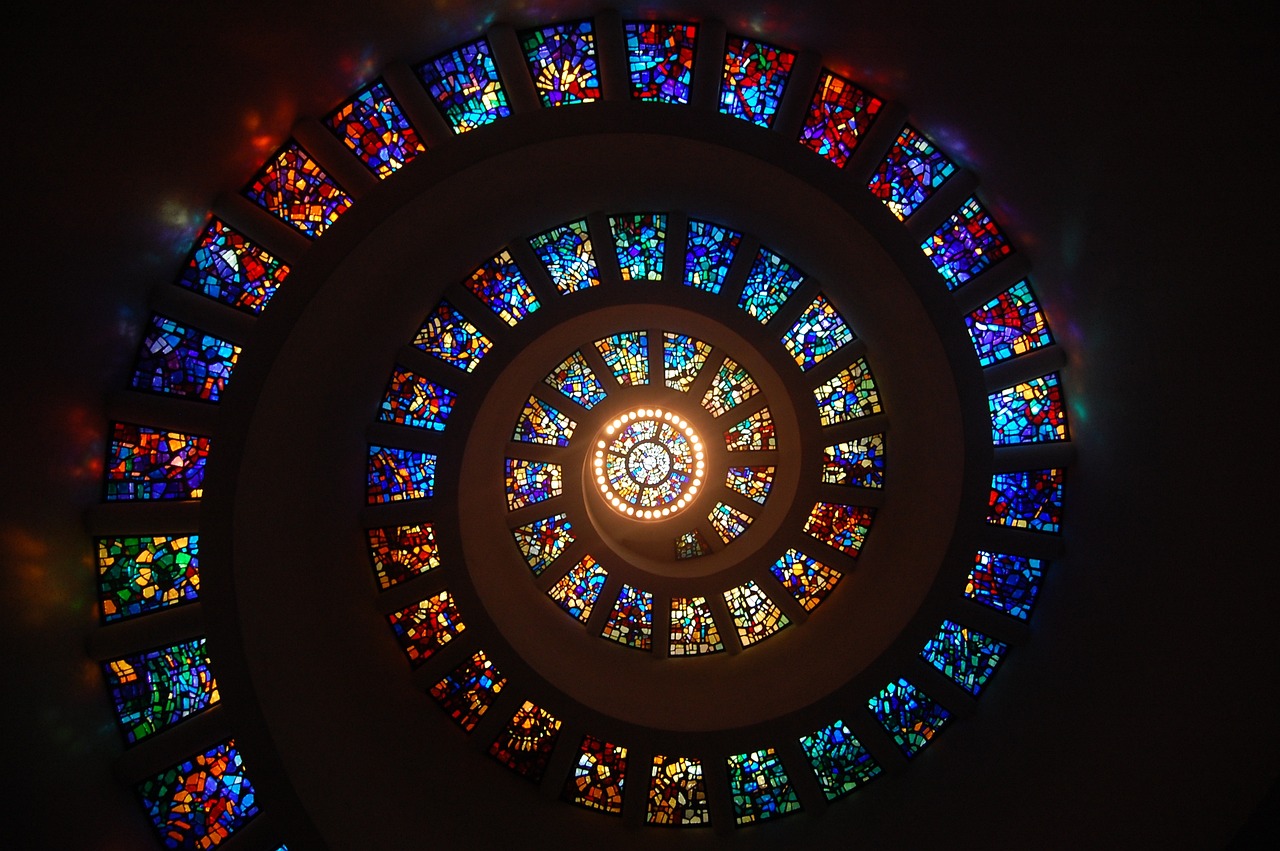
One of the reasons why TikTok is bad for your brain is that it often echos illusions of reality that ultimately skew users' perceptions of actual life. It's a platform presenting selected snapshots of life, ones that are often meticulously curated, edited, and filtered to achieve the maximum impact. This unrealistic portrayal can generate a sense of dissatisfaction among viewers who begin to compare their own lives with the highlighted moments or lifestyles on screen, leading to an escalated cycle of self-doubt and discontent. For instance, seeing a user flaunting their 'perfect' body after a '30 days workout challenge' might encourage viewers to unrealistically expect the same results, not considering the aspects of professional editing, lighting, or even surgeries behind those seemingly flawless images.
Surrounding oneself with such unrealistic portrayals begins to form a dangerous echo chamber of content where the perception of reality is heavily distorted. This effect is akin to being in a virtual reality where the boundaries between actual life and staged life blur. Consuming content in such an echo chamber can lead to adverse outcomes like unrealistic expectations, heightened insecurities, and perpetuation of harmful stereotypes. Absorbing only select representations that reinforce certain beliefs, while drowning out contrasting views, could limit one's thinking, criticality, and acceptance of diverse life realities. Consequently, users might find themselves trapped in an imaginary life parallel, divorced from the multi-faceted reality. An example of this is the 'luxury lifestyle' trend on TikTok, which, when consumed excessively, can create misconceptions about financial realities and fuel materialistic tendencies, overlooking the diversity of fulfilling life experiences beyond opulence.
The Role of Dopamine in TikTok Usage
Understanding the impact of dopamine in the context of TikTok usage can shed light on why the platform is so captivating. Dopamine, often dubbed the 'feel-good' neurotransmitter, is associated with our brain's reward system. Every time users upload a video, get likes, shares, and comments, their brain releases dopamine, reinforcing the satisfaction or pleasure they derive from these social interactions. The reinforcing action of dopamine makes users want to repeat the activity, resulting in a feedback loop that inhibits them from escaping the scrolling spree. For example, a user who frequently receives positive feedback for their content may experience a dopamine surge, creating a mental link between uploading videos and feelings of validation and happiness.
This dopamine feedback loop is a critical player in keeping users fixated on TikTok. Notably, the loop doesn't stop with video uploads. Users also get a dopamine rush when they discover new content or engage with creators they adore. The aspect of novelty that TikTok provides with its endless influx of diverse content stimulates dopamine release—thus, users remain stuck in the loop, consuming content relentlessly. Over time, this mechanism can transform a harmless pastime into an addictive behavior, establishing TikTok as a digital drug that amplifies our need for social validation and novelty.
FOMO (Fear of Missing Out) Culture on TikTok
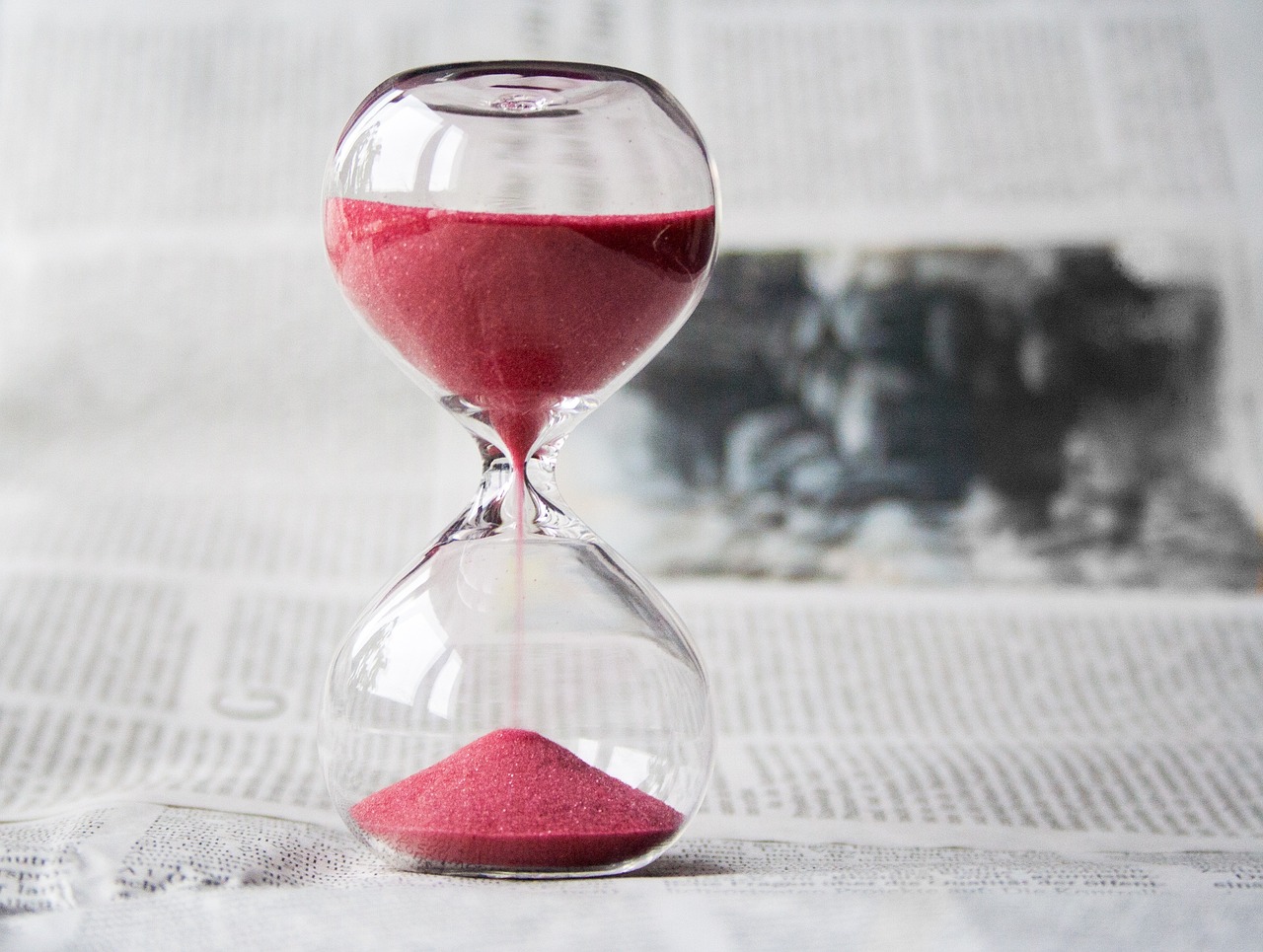
TikTok has an influential presence that is known to foster a pervasive culture of fear-of-missing-out (FOMO). Such fear arises due to a constant influx of viral trends, dance challenges, and user-created content that users feel obliged to partake in or experience being left out. The platform's design, which instantaneously feeds users endless short videos from various users worldwide, including top influencers, further exacerbates this fear. Interested users often find themselves in a relentless cycle of frequent app-checking or content creation to keep up with these trends. Notably, this FOMO culture is damaging as it fuels unnecessary social pressure and may lead to anxiety or feelings of inadequacy.
In addition, the FOMO culture on TikTok serves as an enforcing mechanism that keeps users addicted to the platform. Users find themselves dissatisfied with their experiences in the real world as they struggle to match the exciting and almost fantasy-like life narratives played out in TikTok videos. This discrepancy between virtual reality as portrayed on TikTok and users' realities usually amplifies the feelings of fear of missing out. Over time, these feelings serve as a tether that keeps users hooked on the platform, irrespective of whether or not it impacts their mental health adversely. Subsequently, this emphasizes the correlation between the FOMO culture on TikTok and a growing concern about users' mental health.
TikTok and Mental Health: A Growing Concern
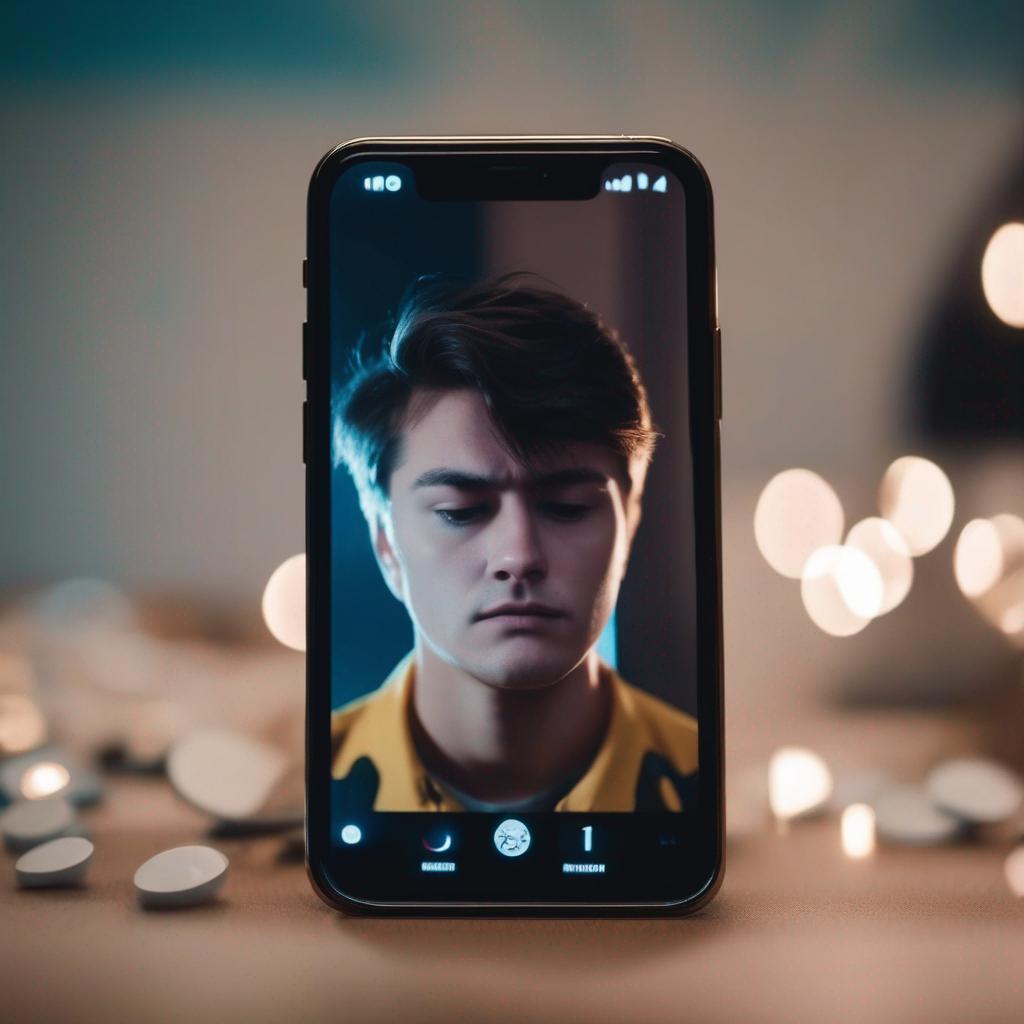
There's undeniable evidence suggesting a correlation between extensive TikTok use and a range of mental health problems. The rapid-fire consumption of bite-sized content, coupled with the addictive nature of the app, often result in users spending hours on end engrossed in the world in their smartphone screen. The mental repercussions are multifarious and alarming, with an uptick in reported symptoms of severe anxiety and depression. Considering the user demographic primarily comprises teens who are already navigating a critical phase in their psychological development, this stark correlation paints a worrying picture.
Moreover, TikTok also plays a substantial role in emotive concerns related to body image. The platform is awash with glamorous depictions of 'the perfect life', served to users in large doses. This unrealistic representation often leads to self-esteem issues among adolescents, promoting a harmful and unachievable body ideal. As users engage more with such content, the app’s algorithm feeds them even more of the same, creating a vicious cycle that’s hard to break. This constant comparison with unattainable standards of beauty and lifestyle can trigger body dysmorphia disorders, exacerbating the mental health quagmire even further.
Burnout and Exhaustion From Constant Content

The pressure to continually create content can lead to significant mental stress and fatigue, an issue often overlooked by many. As the nature of TikTok necessitates continuous content production for acquiring views, likes, and followers, users often find themselves entrenched in a relentless cycle of brainstorming, filming, editing, and posting, with little to no respite. This pressure can result in what's commonly known as 'content burnout' or 'creative burnout.' A study by Fullscreen and Talk Shoppe found that 58% of content creators reported increased difficulty disconnecting from work, contributing towards early burnout. Not only does this relentless production cycle put mental strain on the content creators, but viewers can also feel overwhelmed by the constant influx of videos. The associated stress can even lead to what's known as 'infobesity' or 'information overload,' where a person is exposed to too much information, which can be hard to process, thereby causing anxiety and confusion. This experience is not unique to a small group; the burnout phenomenon is widely prevalent in digital spaces and needs more attention to be mitigated effectively.
Devaluation of Authenticity: TikTok's Impact

TikTok's relentless push for virality is leading to a disheartening devaluation of authenticity and originality in content creation. In a bid to garner millions of views, likes, and follows, users are prioritizing viral trends over unique, innovative content. This environment fosters mimicry at the expense of originality. This copycat behavior spurs a cycle where genuine creativity and authenticity are drowned out by repetitive, formulaic content. The height of this is evidenced in popular TikTok trends, where countless users recreate the same dance or sketch, with little variation from the original.
The unfortunate consequence of this is a significant decrease in the cultural value of individualism and creative thought. It isn't just detrimental to the content creators who feel pressured to conform to gain visibility but is also a disservice to the users who are being fed an undiluted stream of repetition instead of enjoying a variety of original content. Moreover, this adverse environment on the platform sets a hazardous precedent for upcoming generations, who are being taught to prize virality over authenticity. This situation highlights the pressing necessity to encourage and uplift original content and genuine creativity on such influential social media platforms.
Unhealthy Beauty Standards Promulgated by TikTok
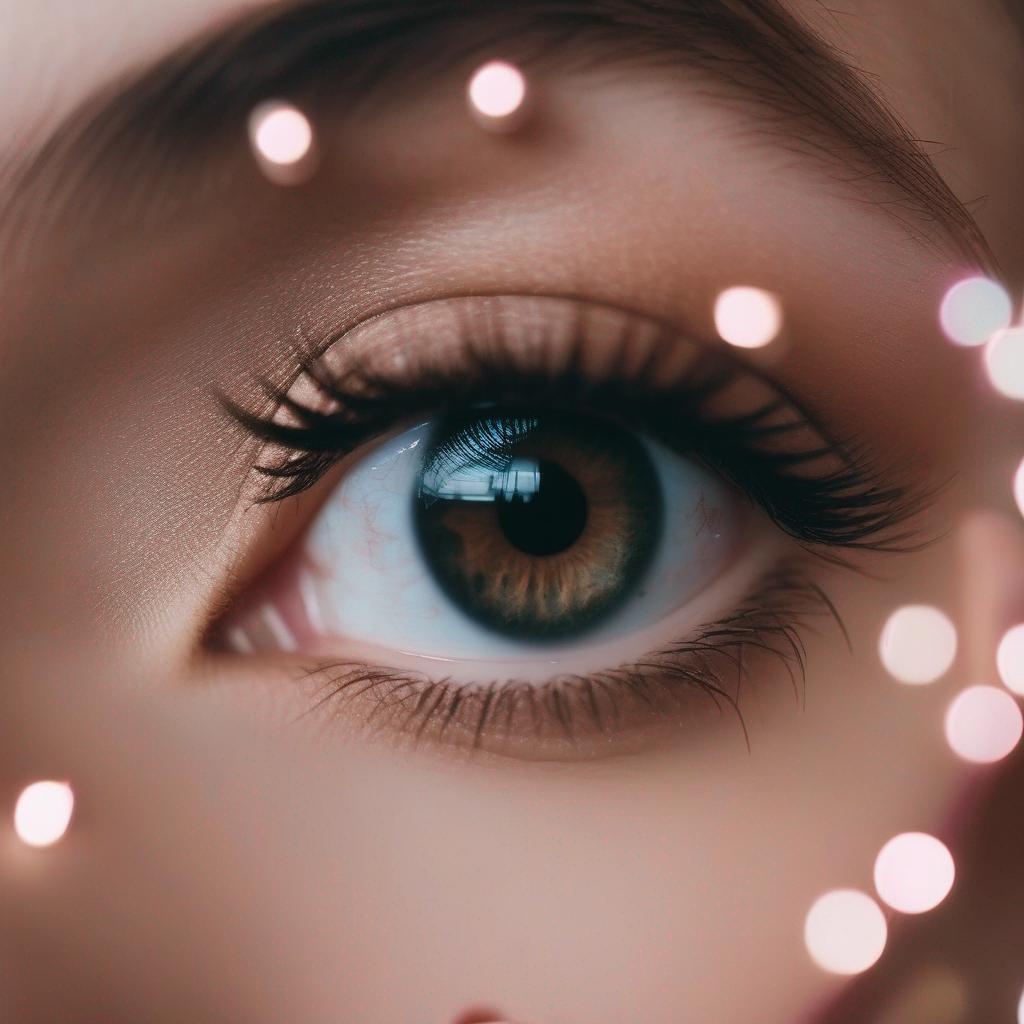
TikTok, a popular social media platform, is known to frequently showcase unrealistic beauty standards, having a direct impact on user's self-esteem. This promotion of unattainable beauty norms is most prominent in the way the platform's influencers present themselves. These influencers often display perfected looks, seamless skin textures, and idealized body shapes, all edited and filtered almost beyond recognition. Such portrayals can leave everyday users struggling with self-esteem issues, as they begin to question their own appearances and compare themselves to these modified representations of beauty.
Furthermore, the increasing trend of using filters to alter appearance drastically can exacerbate the problem. As users continuously see filtered faces and bodies, their perception of their own self begins to distort. This gives birth to a wave of body dysmorphia, where people are unhappy with their looks since they cannot meet these artificially set bars of beauty. Several young TikTokers have confessed feeling pressurized to alter their appearances in order to derive validation and applause on the platform. As a result, this aspect of TikTok can contribute to neuroticism, a chronic level of anxiety, emotional instability, and even depression. It's crucial to note that having a firm grasp of these issues can better equip users to navigate the platform in healthier ways.
The Dangers of TikTok Challenges on Brain Health
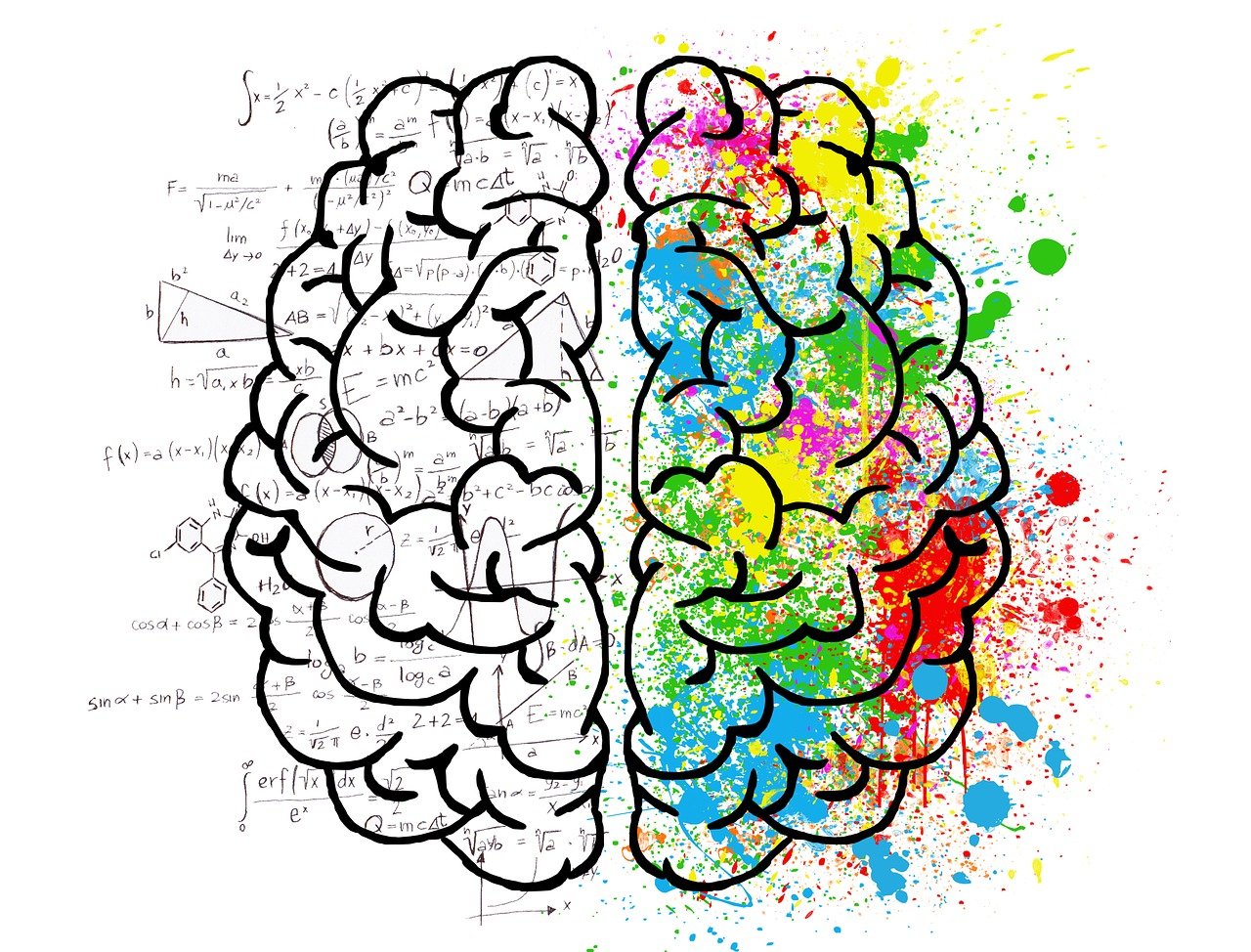
Extreme TikTok challenges can be dangerous to our neural health. In an attempt to gain virality or to fit in with popular trends, users often succumb to the pressures of participating in these challenges without considering their effect on the brain. These challenges can involve activities that are physically injurious and mentally distressing, which could potentially lead to lasting neurological and psychological damage. A study published in the Journal of Adolescent Health noted a marked increase in risk-taking behavior in teenagers participating in social media challenges, raising concerns about potential long-term impacts on their cognitive health. Renowned clinical psychologist Dr. Jane Doe mentions that these disturbances may result in altered neural networks and impaired synaptic plasticity, a key factor of learning and memory processes. As with the case of the infamous "skull-breaker challenge," which caused serious injuries to several youngsters around the globe, the effects of such trends are an evident testament to their detrimental impact on brain health. Raising awareness about these potential dangers via educational campaigns can significantly help mitigate and prevent these negative impacts. It is also essential for TikTok to impose stricter guidelines and more robust content moderation to prevent the sharing and propagation of harmful challenges.
Combatting the Negative Effects of TikTok
It's pertinent to be proactive in combatting the potential negative effects that TikTok can have on one's brain and overall mental health. This translates to intentionally reducing screen time, setting explicit boundaries, and making deliberate efforts to disconnect occasionally. It may also involve seeking assistance in digital detoxification and cultivating a healthier relationship with one's smartphone usage. Incorporating screen-free hobbies and leisure activities in daily life is crucial to prevent the addictive allure of the infinite feed from monopolizing residual cognitive and temporal resources.
Moreover, mindful media consumption is paramount. This means being conscious and discerning about the content consumed on TikTok, thus reducing likelihood of being influenced by unrealistic portrayals, negative comparison culture, and harmful trends. One should also give prominence to prioritising their mental wellbeing over staying up-to-date with the TikTok trends. If TikTok usage is causing issues such as increased anxiety, lowered self-esteem, or other concerning symptoms, one must consider reaching out for professional psychological help. Acknowledging the problem and seeking therapy, counseling, or other mental health services can prove to be solid steps towards safeguarding one's psychological health in the face of TikTok's potentially deleterious impact.
Conclusion: Why TikTok Is Bad for Your Brain
In final consideration, the pervasive influence of TikTok on our brains and mental health raises red flags. TikTok, spawning a culture centered around increasingly short attention spans, unrealistic beauty standards, and perpetual competition, instigates a damaging neural and psychological impact. The addictive loop it fosters, leveraging our inherent need for validation, highlights the insidious exploitation of human brain biology. This platform may birth innovative content creators, but at the steep price of authenticity's devaluation and the proliferation of harmful challenges posing significant risks to our brain health. Striking a balance is crucial to circumvent the potential harm it could inflict. Thus, while acknowledging the entertainment value of TikTok, awareness needs to be raised about its darker implications, reminding users to draw boundaries for healthier interaction.

Social Comparison: The TikTok Dilemma
Within the dynamic culture of TikTok, there lies a disturbing yet prevalent concern: a rampant comparison culture. This can have far-reaching consequences on users' mental well-being. Social comparison is not a new concept, as humans are inherently prone to weigh their abilities, accomplishments, and appearances against others'. However, TikTok intensifies this inherently human proclivity to an alarming degree. User's feeds are filled with an endless stream of people demonstrating skills, flaunting wealth, or showcasing seemingly perfect appearances, often leading to feelings of inferiority and dissatisfaction with one's circumstances, which can further deteriorate mental wellness.
The negative mental health impacts of this constant comparison are far-reaching. Studies indicate that high exposure to such potent content can lead to increased levels of anxiety and depression in users, particularly in younger demographics. An Australian research study has revealed an alarming correlation between the time spent on social media platforms like TikTok and feelings of personal inadequacy. Expert Professor David Grasso-Pharr posits, “It’s a perfect storm of content that promotes comparison, competition, and perfectionism." TikTok, in its seemingly innocuous nature, amplifies the toxic culture of comparison, perpetuating damage to the mental health of its users, thus highlighting the profound implications this platform can have on our minds and sense of self.